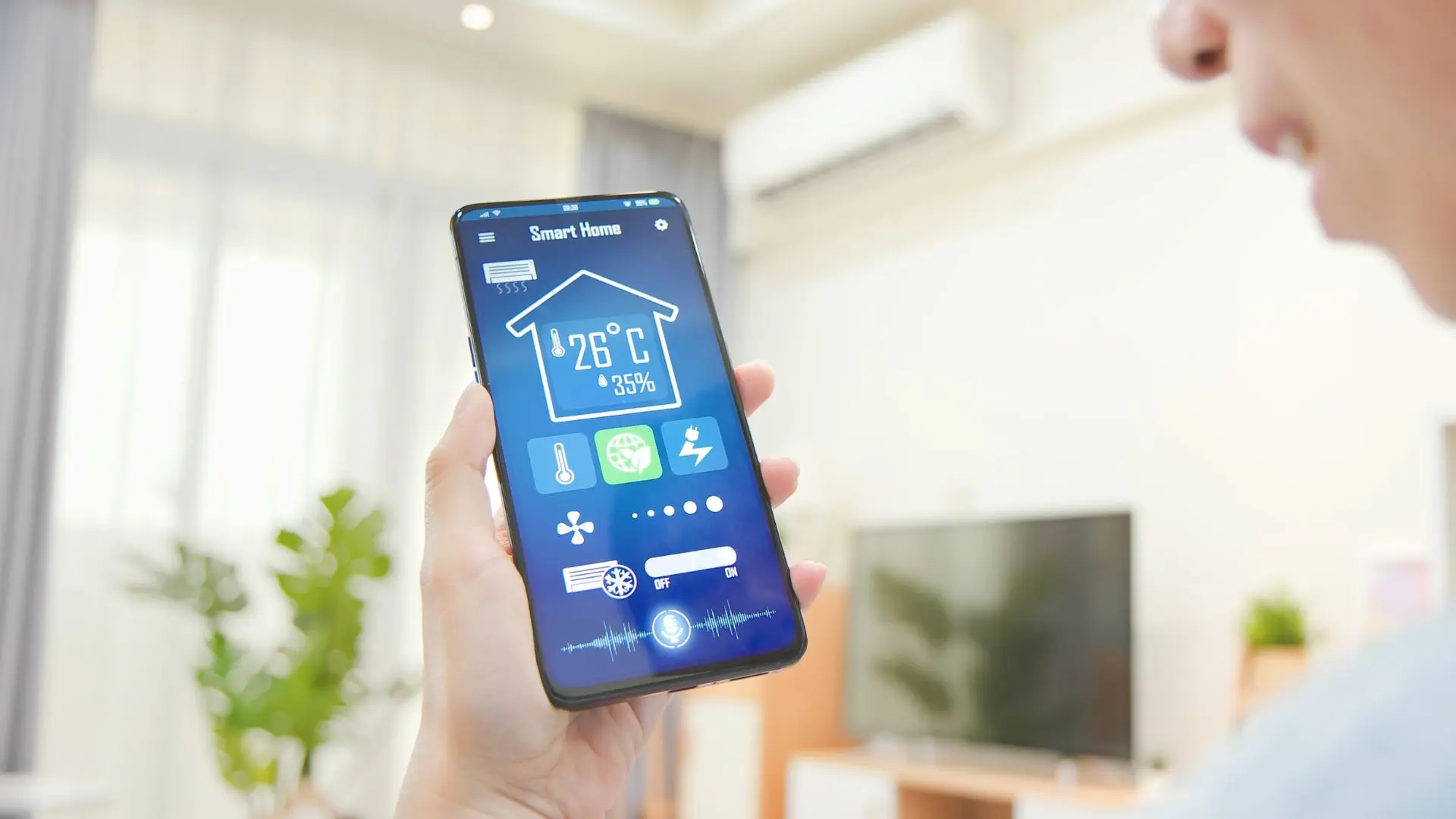
Get your free Melbourne Electrician quote today!
Our team of Melbourne Electricians is here to help you with any questions or concerns you may have. We’re committed to providing you with the best possible service and support.
Smart homes make life easier, but they also invite cyber threats if left unguarded. Learn practical, straightforward ways to lock down your smart home network so your devices remain safe and your family’s privacy stays intact. Discover how strong passwords, secure WiFi, and device updates can keep h
A 2023 report by the Australian Cyber Security Centre (ACSC) revealed a 23% jump in cybercrime reports in just one year, with many cases tied to unsecured home networks and connected devices. While smart home devices and IoT devices make life easier, they can expose private information and invite security risks if left unprotected. Convenience should never come at the cost of your home security. With a few practical steps, you can keep your smart home secure while enjoying the ease that a smart home automation living brings. Here’s how to protect your smart home network and keep your family’s data safe.
What Makes Smart Homes Vulnerable ?
Smart home devices and various devices link up through your wi fi network, giving hackers plenty of entry points. Adding a new device, like smart TVs, smart speakers or even a coffee maker, can open doors to security challenges across your home network security if not set up safely.

Securing your smart home does not mean giving up the ease that connected devices bring. By taking small, steady steps, you can protect your home network, smart devices, and private information while still enjoying the benefits of a connected lifestyle.
Start with your wi fi, keep firmware updated, use multi-factor authentication, and check your network regularly. Involve your family so everyone knows how to help keep the network secure.
Now is the perfect time to protect your smart home and ensure your devices are secure while making daily life smoother without the stress of security risks.
Ready to Secure Your Smart Home the Right Way ?
Ready to secure your smart home while enjoying everything your connected lifestyle offers? Protect your home network and the devices connected to your internet with help that keeps your system secure, efficient and ready for the future.
Get in touch with WP Electrical today for smart home automation renovation designed with network security in mind while bringing convenience to your day-to-day life. We can help with your wi fi network setup, network segmentation using a guest network, and ensuring your devices are password protected with strong passwords.
Our team can guide you in setting up multi factor authentication, disabling unnecessary features and maintaining firmware updates to guard your smart home devices against emerging threats. Don’t let outdated software or risky habits put your private information at risk. Let WP Electrical help you enjoy your connected lifestyle while ensuring your smart home stays secure every day.
Published by: Pascal Harb17 October 2025